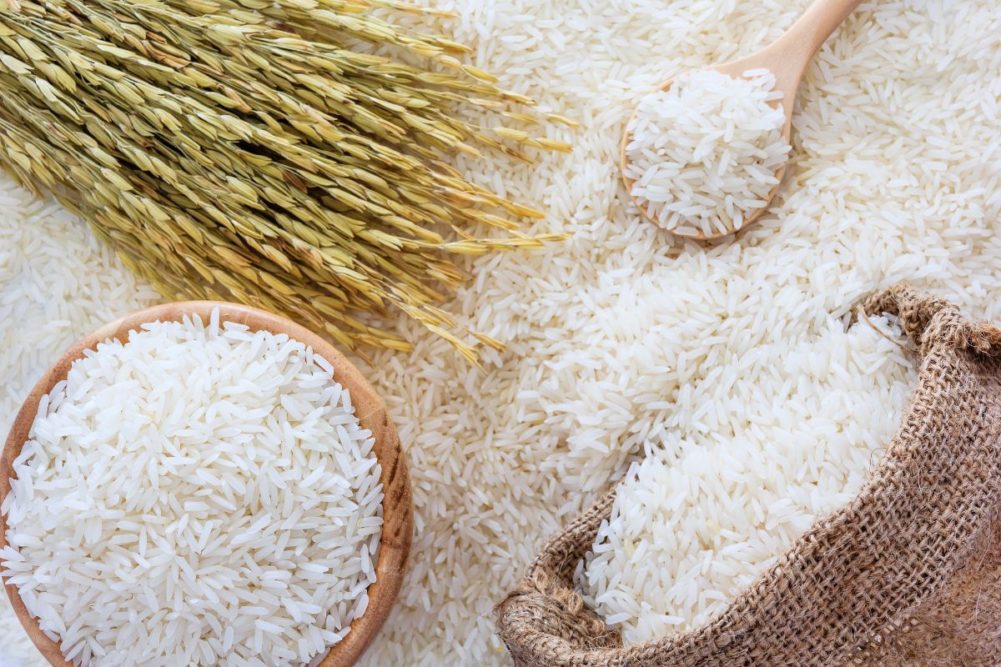ROME, ITALY — The United Nations’ Food and Agriculture Organization’s All Rice Price Index rose by nearly 10% in August to reach a nominal 15-year high, reflecting trade disruptions in the aftermath of a ban on Indica white rice exports by India, the world’s largest rice exporter.
“The uncertainty of how long the ban will be in effect and concerns over export restrictions caused supply chain actors to hold onto stocks, renegotiate contracts or stop making price offers, thereby limiting most trade to small volumes and previously concluded sales,” the FAO said.
Despite the monthly surge in rice prices, overall international food commodity prices declined in August, led by wheat and coarse grains, dropping the FAO’s Food Price Index by 2.1% in August compared to July. The index, which tracks monthly changes in the international prices of globally traded food commodities, averaged 121.4 in August, which is 24% below its recent peak in March 2022.
The FAO Cereal Price Index declined by 0.7% month-on-month. International wheat prices fell by 3.8% in August amid higher seasonal availabilities from several leading exporters, while international coarse grain prices fell by 3.4% amid ample global supplies of corn from a record harvest in Brazil and the imminent start of the harvest in the United States.
The FAO Vegetable Oil Price Index decreased by 3.1% in August, partly reversing a sharp 12.1% upward move in July. World prices of sunflower oil declined by nearly 8% during the month amid weakening global import demand and abundant offers from major exporters.
World quotations for soy oil dropped owing to improving soybean crop conditions in the United States, while those for palm oil fell moderately amid seasonally rising outputs in leading producing countries in Southeast Asia.





